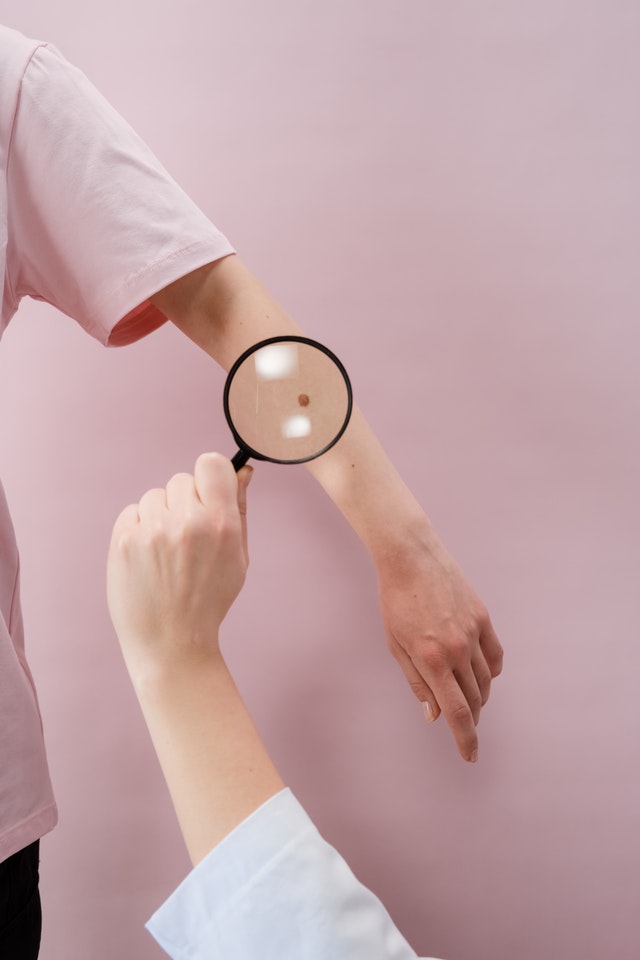Feet are prone to infection simply because they are continuously in contact with microorganisms which can cause infections. When it comes to foot infections, fungal and bacterial are the most common types.
The good news is your immune system can potentially combat these infecting and disease-causing agents called pathogens. However, at times, when your immune protectors are down or low, pathogens get particularly strong. Also, in case of a break in the skin, microorganisms get easy admission to your defenseless tissues.
Generally speaking feet infections show mild symptoms and can be easily treated at home. There are actually measures that you can take at home to avoid contracting an infection.
Preventive measures for avoiding foot infections –
For Fungal infection
- Keep your feet clean and dry by washing them with soap.
- Do not go barefoot in public spaces
- Do not share things like footwear or nail clippers
- Keep toenails trimmed
- Change socks and shoes regularly so that moisture does not get build-up in them. Think of using antifungal foot powder or spray.
For Bacterial infection
- Keep the skin undamaged and clean.
- In case of cut or scrap, wash immediately with soap water and cover with sterile bandage.
- For dry and cracked feet apply petrolatum-based foot creams to maintain softness.
- Remember, for Bacterial infections use of topical antibiotics is not recommended. It can eventually lead to antibiotic resistance.
However, there could be some conditions that might call for more serious medical intervention, including hospital admission for treating severe infections and complications. We often fail to realise that we have a case of serious skin infection and keep on considering them as simple rashes and try home remedies for cure. In reality, it could be an actual infection that needs proper medical care. So be watchful and stay informed.
If you have an infection, the best way is to see a consultant physician. You can book a consultation with one of our physicians or skin specialists on DocGenie to figure out the best course of action to treat your infection. Ideally, you should now delay your check ups.
Also read: Antibiotic Resistance – Your Role In Curbing This Serious Health Problem
5 common foot infections –
Fungal foot infections
Fungus thrives in damp environments of gyms and saunas and grows in sweaty socks and shoes. Fungal foot infections Delhi particularly occur between the toes, the area that offers the perfect setting for infection to set in and thrive. This is because it allows the fungus to break in the wet and soft tissues. Fungal foot infections can occur as soon as your feet touch a contaminated and damp surface. Although these types of infections are persistent and difficult to treat, they are seldom life-threatening.
1. Athlete’s Foot (Tinea Pedis)
Symptoms of this condition, which is caused by any type of fungi, including the ones associated with ringworm, are rashes, itchiness, and flakiness in between the toes. Athlete’s feet is very infectious and spread really fast through infected floors, towels, or cloths.
However, most cases are mild and an over-the-counter antifungal cream or spray can help treat them. But sometimes it can become serious or recurring when you will need a microscopic examination of skin scraping, called KOH test, and oral antifungal medicines like terbinafine or itraconazole. On DocGenie we have experienced doctors who can provide you the best kind of treatment.
2. Toenail Fungus
Also known as Onychomycosis, this condition commonly occurs among those having weak immune systems or peripheral vascular disease which means they have diminished blood flow to the extremities.
This is a condition where there is a slow-growing fungal infection beneath the toenail. Symptoms of Toenail Fungus include yellow or white discoloration, and thickening and flaking of nails. Often the nails also get separated from the nail bed. You should remember that Toenail Fungus usually accompanies Athlete’s Foot.
The worrying part is topical creams are largely incapable of penetrating nail tissues hence Toenail Fungus or Onychomycosis remains an especially difficult condition to treat. However, doctors mostly recommend oral antifungal treatment which takes nearly six to 12 months for the nail to grow back.
Bacterial foot infections
While fungal infections are the more common ones in case of foot infections, bacterial foot infections tend to be more serious. This is because such infections often spread from a local infection to a whole-body one. Bacterial foot infections happen mostly through cut, breaks or scratches in your skin, often because of a penetrating wound. The most commonly known bacterial cause is Staphylococcus aureus.
According to medical practitioners, bacterial foot infections occurring under or adjoining toenails are the outcome of ingrown toenails which is a condition called Onychocryptosis. It is important to keep in mind that conditions like eczema, Athlete’s Foot, or acute sunburn could also cause infection by damaging the epidermis or the outermost layer of skin.
Also, in case of bacterial infection, your adjoining skin turns red, swollen, and painful. Yellow or greenish discharges in the form of pus are also common.
Anyone can get a bacterial foot infection, but the following individuals run an increased risk of getting a complicated condition –
- Aged persons
- Those having conditions like diabetes, which leads to poor blood circulation in their feet, hence lesser capability to combat infections.
- The immune-compromised individuals, for instance the ones with untreated HIV
- Individuals undergoing chemotherapy or the ones who are on immunosuppressive drugs
1. Erythrasma
Erythrasma, caused by the bacteria Corynebacterium minutissimum, is a bacterial infection which commonly gets mistaken for a fungus one. This condition is very common among people with diabetes or obesity.
As is the case with fungal infections, here too the bacterium mainly takes root in the folds of your skin, that is in areas like armpits, under the breast, in the groin, or between the toes. Patches occurring due to the infection initially appear pink but as skin starts to flake they turn brown and scaly. Specialists primarily treat this condition with topical fusidic acid creams or oral antibiotics.
2. Foot Abscess
Foot Abscess is the example of a bacterial foot infection where the condition goes beyond superficial tissues and consolidates into a sack of pus called abscess. It is mostly caused by a puncture wound or from the infection of a hair follicle. Though similar to boils, Foot Abscess goes into deeper layers of tissue.
Symptoms of this foot infection are redness, swelling, pain and a raised bump that often erupts unexpectedly. Though not among the common symptoms, low fever, and a dull pain can indicate Abscess.
This type of foot infection is treated by draining the abscess along with oral and topical antibiotics.
3. Cellulitis
Known as a severe kind of skin condition, Cellulitis occurs when a local bacterial infection spreads from the site of first infection. It usually starts as a small spot of inflammation that rapidly spreads to neighbouring tissues. The condition leads to swelling, pain, and red strips, called lymphangitis. These strips move upward from the foot and indicate the infection’s migration toward lymph nodes. This is when there is a fair chance of the infection becoming systemic and life-threatening. When the infection get serious symptoms like high fever, chills, and body aches are common. Remember, Cellulitis is a medical emergency and you must get medical help immediately.
Generally caused by a cut in the skin, Cellulitis is particularly common among those with diabetes or poor blood circulation. Broad-spectrum antibiotics can cure this condition if it is mild in nature. However, in case of serious infections hospitalization and intravenous antibiotics and fluids could be required.
Also read: Show Your Skin Some Winter Love With These Tips
DocGenie is an online telemedicine platform that provides you with quality healthcare from the comfort of your own space. On DocGenie, you can book an online consultation with highly qualified doctors as well as book lab tests for home collection.



